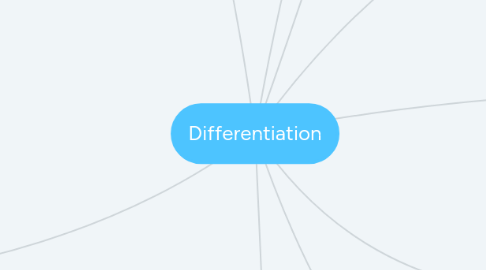
1. Remind yourself that you cannot perform miracles
2. Lesson plans
2.1. have a dedicated "differentiation" folder
2.2. separate differentiated resources/support and tasks dedicated for certain levels
2.3. highlight objectives for every lesson
2.4. define key terms for everyone and more complex ones
2.5. increase in complexity
2.6. Questions for consideration
2.6.1. How can i find out existing knowledge?
2.6.2. What do I want the students to retain from this lesson?
2.6.3. Who might struggle with during the lesson?
2.6.4. Do I need a completely separate task?
2.7. Support staff?
2.7.1. half the class size, double the speaking time
2.7.2. helps anser questions while you are unavailable
3. Differentiated planning
3.1. additional adult input
3.2. extra resources
3.3. extra time
3.4. topping and tailing
3.5. Three-column-method
3.5.1. right column: level above the expected - more abstract thinking - "challenge"
3.5.2. middle collumn: expected level
3.5.3. left column: level below the expected - less abstract thought necessary - easier
3.6. increase complexity
3.7. give different amount of time for the same activity
3.8. worksheets
3.8.1. very adaptable
3.8.1.1. word bank
3.8.1.2. supporting images
3.8.1.3. simplified version
3.8.1.4. add core complex questions
3.9. Using learner's interests
3.10. Group activities
3.10.1. expert groups
3.10.2. Mini lessons
3.10.3. Projects
3.10.4. Differentiated Grouping
3.10.4.1. Attainment based
3.10.4.2. Needs based
3.10.4.3. diversity based
3.10.4.4. roles based
3.10.4.5. interest based
3.10.4.6. mixed attainment
3.10.4.7. vertical
3.10.5. peer group teaching
4. Learning objectives - define the goals
4.1. Statements:
4.1.1. I want them to know how to...
4.1.2. I want them to be fluent in
4.1.3. I want them to understand that...
4.1.4. I want them to be able to...
4.2. Who?
4.2.1. All learners
4.2.2. Most leasrners
4.2.3. Some learners

